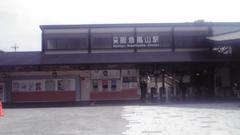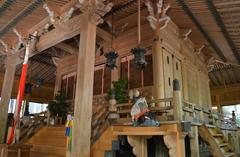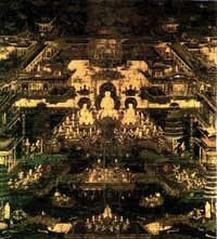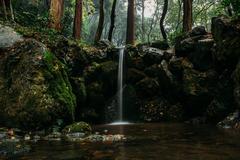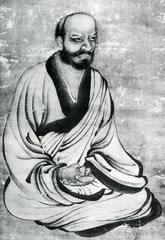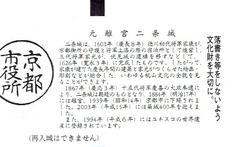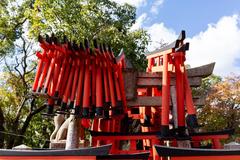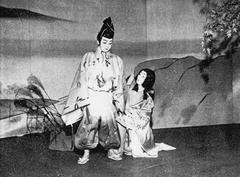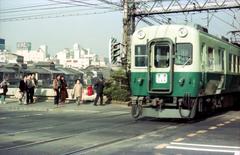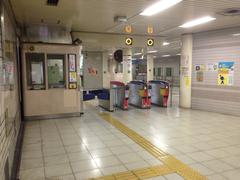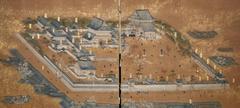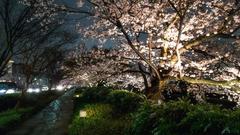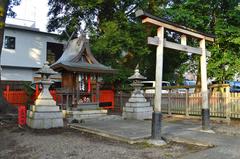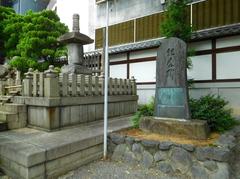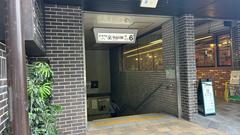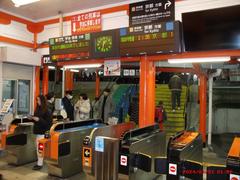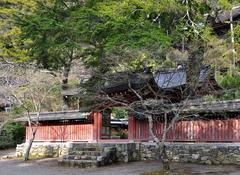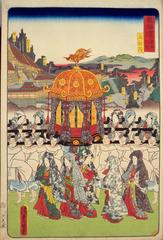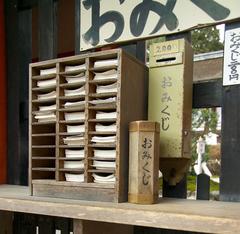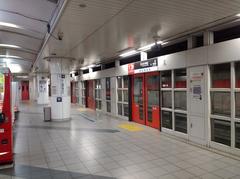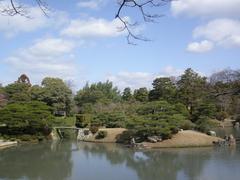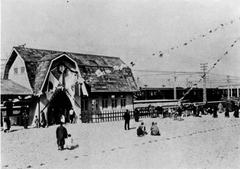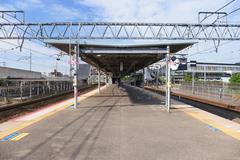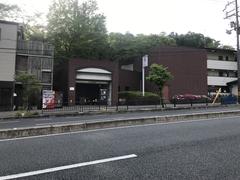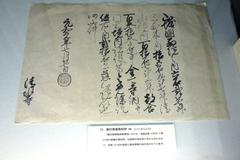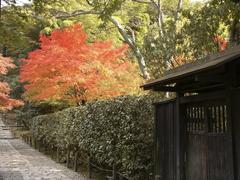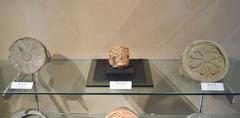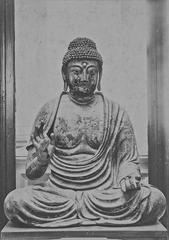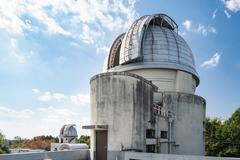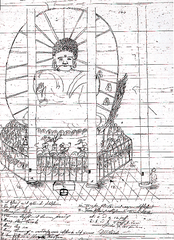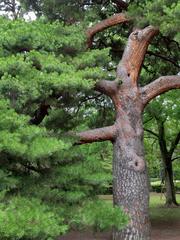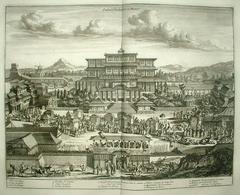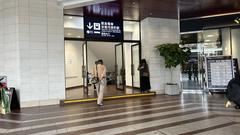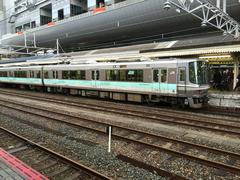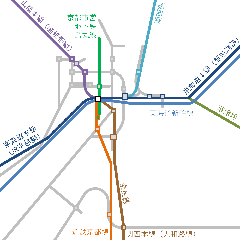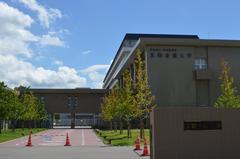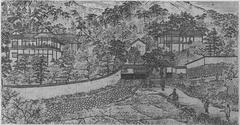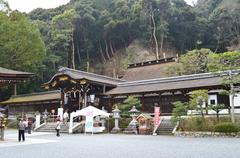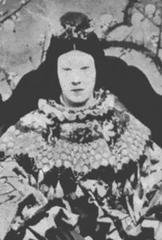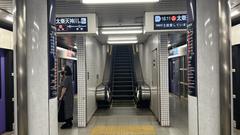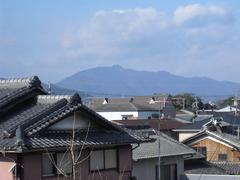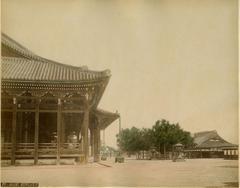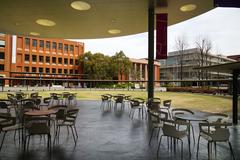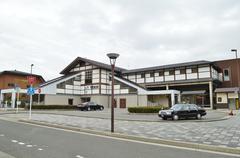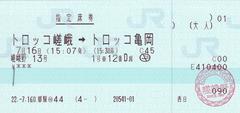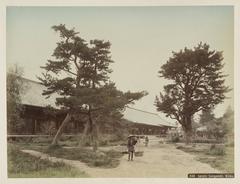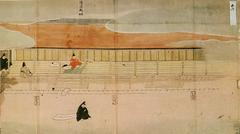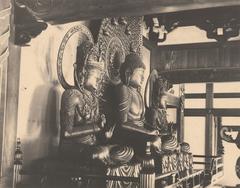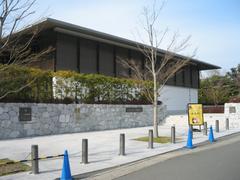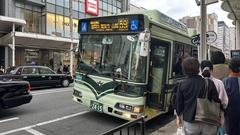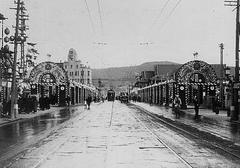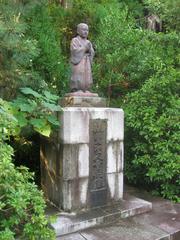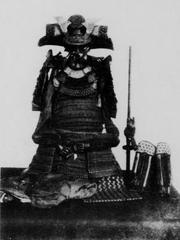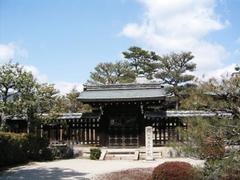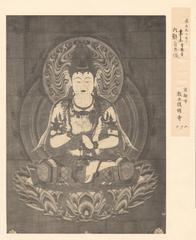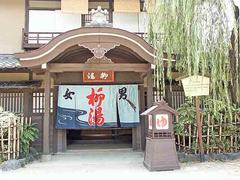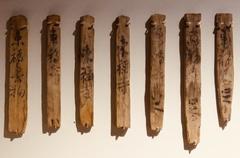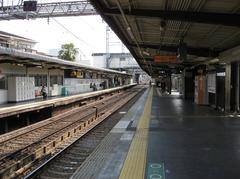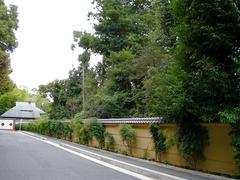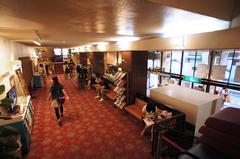Kiyamachi Street Kyoto: Visiting Hours, Tickets, and Attractions Guide
Date: 04/07/2025
Introduction
Kiyamachi Street, nestled alongside the tranquil Takasegawa Canal in central Kyoto, is a living tapestry of the city’s history, culture, and dynamic modern life. Once a vital artery for commerce and transportation, Kiyamachi has transformed across the centuries, yet it retains its unique blend of Edo-period heritage, traditional machiya architecture, and vibrant nightlife. Today, it stands as one of Kyoto’s essential destinations—inviting travelers to experience everything from cherry blossom strolls and riverside dining to authentic encounters with geisha culture and lively evenings in cozy izakayas. This comprehensive guide details the street’s origins, cultural significance, visitor information, and tips for making the most of your Kiyamachi adventure (Japan Travel, visitinsidejapan.com, Kyoto City Official Travel Guide).
Historical Overview
Origins and Canal Construction
Kiyamachi’s story begins with the construction of the Takasegawa Canal in 1614, engineered by the merchant Suminokura Ryoui under orders from Toyotomi Hideyoshi. This artificial waterway enabled the efficient transport of timber and goods, acting as a commercial lifeline for Kyoto’s burgeoning merchant class (Deep Kyoto). The canal, stretching approximately 15 kilometers from Nijo Street to Fushimi, transformed the area into a center for trade and urban development (Florist Westvillage).
Economic and Urban Flourishing
The canal’s success led to the rapid rise of “Kiyamachi”—literally “wood-shop town”—as timber merchants, warehouses, and inns sprang up along its banks (Zutto Kyoto). The prosperity of the street brought about a vibrant social life, catalyzing the growth of inns, restaurants, and entertainment venues, laying the foundation for the area’s enduring vitality (Deep Kyoto).
Feudal and Political Significance
During the Edo period, Kiyamachi hosted the residences of powerful feudal lords, such as the Kaga and Tosa clans, and became the scene of pivotal events in Japan’s modernization, including the assassinations of reformers like Sakuma Shōzan and Ōmura Masujirō in the mid-19th century (Japan Travel). These moments underscore the area’s critical role in shaping the nation’s history.
Cultural and Artistic Growth
Kiyamachi’s commercial prosperity fueled the growth of adjacent entertainment districts, most notably Pontocho, renowned for geisha and maiko performances. The street’s teahouses, restaurants, and ochaya remain at the heart of Kyoto’s traditional arts, with seasonal cuisine, calligraphy, and textile crafts flourishing alongside lively nightlife (Florist Westvillage).
Modernization and Preservation
With the advent of rail transport in the 20th century, the canal’s commercial role waned, and the area shifted toward hospitality and tourism. Local efforts preserved the Takasegawa Canal, protecting its historical landscape from urban development (Florist Westvillage). Today, Kiyamachi remains a harmonious blend of past and present, its cherry blossom-lined canal and restored machiya buildings speaking to Kyoto’s resilience and respect for tradition.
Attractions and Experiences
Takasegawa Canal and Cherry Blossoms
The Takasegawa Canal is Kiyamachi’s defining feature. In early April, cherry trees along its banks burst into bloom, creating one of Kyoto’s most picturesque hanami (flower viewing) spots (Kyoto City Official Travel Guide). Stone bridges provide perfect vantage points for photos, and the gentle flow of the canal offers a tranquil retreat in every season.
Traditional Machiya Townhouses
Many historic machiya (wooden townhouses) have been beautifully restored, now housing restaurants, shops, and izakayas. Their lattice windows and wooden facades offer a glimpse into Kyoto’s architectural past (Japan Guide).
Nightlife and Dining
Kiyamachi is renowned for its diverse dining scene, featuring everything from high-end kaiseki cuisine to cozy izakayas and international eateries. Seasonal riverside terraces, or noryoyuka, are set up in summer for open-air dining above the canal—a signature Kyoto experience (Living Nomads). After dark, the street transforms into a lively hub of bars, jazz clubs, and cocktail lounges (Kyoto Insight).
Literary and Artistic Heritage
Kiyamachi has long attracted artists and writers; monuments and plaques along the street commemorate figures such as Ryunosuke Akutagawa and Isamu Yoshii. The atmospheric lantern-lit evenings continue to inspire contemporary creatives.
Notable Landmarks
- Sakamoto Ryoma Memorial: Near Shijo, a monument marks the residence of this key figure in the Meiji Restoration (Japan Guide).
- Stone Monuments and Literary Plaques: Scattered along the street, these commemorate Kiyamachi’s literary and political history.
- Noryoyuka Terraces: Seasonal outdoor dining platforms over the canal, popular from May to September (Living Nomads).
Practical Visitor Information
Visiting Hours
- Street and Canal: Open 24 hours a day.
- Shops & Restaurants: Generally 11:00 AM – 11:00 PM; nightlife venues may stay open later.
- Noryoyuka Dining: Seasonal, May–September.
Entrance Fees & Tickets
- Public Areas: Free of charge.
- Cultural Performances & Tours: Fees may apply; reservations are recommended for geisha performances or guided tours.
Getting There
- Nearest Train Stations: Sanjo (Keihan Line), Kawaramachi (Hankyu Line)—both about a 5-minute walk.
- Bus: Multiple city bus routes serve Sanjo and Shijo areas.
- On Foot: Centrally located and easily reached from other major Kyoto districts.
Accessibility
- Pathways: Mostly flat and paved; older machiya may have narrow entrances or steps.
- Wheelchair Access: Many venues are accessible, but some traditional buildings may be limited in access—check in advance if needed.
Guided Tours
Several local operators offer guided walking tours focused on Kiyamachi’s history, architecture, cuisine, and nightlife. Booking ahead is advised (Magical Trip).
Seasonal Highlights and Events
- Cherry Blossom Season (Early April): The canal is lined with blooming sakura, making it one of Kyoto’s top hanami spots.
- Gion Matsuri (July): Kyoto’s biggest festival brings parades and celebrations, with Kiyamachi serving as a popular gathering place (Magical Trip).
- Autumn Foliage (October–November): Maple and willow trees along the canal provide a stunning backdrop.
- Noryoyuka Dining (May–September): Enjoy riverside meals on elevated terraces.
Nearby Attractions
- Pontocho Alley: A historic geisha district next to Kiyamachi, famed for nightlife and riverside dining.
- Gion District: East of Kiyamachi, known for its tea houses and geiko culture.
- Nishiki Market: “Kyoto’s Kitchen,” perfect for sampling local delicacies.
Dining and Nightlife Guide
Kyoto Cuisine
- Kaiseki: Multi-course seasonal meals in refined settings.
- Izakayas: Japanese pubs with small plates and local sake.
- International Dining: Italian, French, Korean, and more for diverse palates (Klook).
Notable Venues
- Golden Sakaba: Energetic bar with an authentic local vibe.
- L’Escamoteur Bar: Whimsical cocktails and décor.
- Shisha Café Velvet: Laid-back late-night shisha lounge.
- Jo Social Sake Bar: Sake tastings and cultural experiences run by an ex-geiko (Journey Compass).
Dining Tips
- Reservations: Recommended for popular or high-end venues, especially during peak seasons.
- Cover Charges: Some bars/izakayas may charge a small fee—ask when seated.
- English Menus: Widely available, especially near Sanjo and Kawaramachi.
Frequently Asked Questions (FAQ)
Q: What are the visiting hours for Kiyamachi Street?
A: The street and canal are open 24/7. Most shops and restaurants operate 11:00 AM–11:00 PM.
Q: Is there an entrance fee to visit Kiyamachi Street?
A: No, visiting the street and canal is free. Some cultural events or guided tours may require tickets.
Q: How do I get to Kiyamachi Street?
A: The nearest stations are Sanjo (Keihan Line) and Kawaramachi (Hankyu Line), both a 5-minute walk away.
Q: Are guided tours available?
A: Yes, guided walking and food tours are popular—reserve in advance for the best experience.
Q: Is Kiyamachi Street wheelchair accessible?
A: Most pathways are accessible, but some older buildings may present challenges; check with venues as needed.
Q: When is the best time to visit?
A: Early April (cherry blossoms), July (Gion Matsuri), and autumn (foliage) are particularly beautiful.
Visuals and Media
Enhance your visit with images of cherry blossom-lined canals, traditional machiya, and nighttime dining scenes. Use descriptive alt tags such as “Kiyamachi Street cherry blossoms” and “Kiyamachi dining noryoyuka” for optimal accessibility and search visibility.
Summary and Key Tips
Kiyamachi Street offers a richly layered experience, from serene canal-side strolls and immersive geisha culture to world-class dining and vibrant nightlife. Its central location, free public access, and seasonal events make it an inviting destination year-round. For deeper cultural insight, join a guided tour or visit during major festivals. Use travel apps like Audiala for real-time updates and insider recommendations.
Sources and Further Reading
- Kiyamachi Street Kyoto: History, Visiting Hours, and Travel Tips, Japan Travel
- Kiyamachi Street: A Guide to Visiting Kyoto’s Historic and Cultural Gem, visitinsidejapan.com
- Exploring Kiyamachi Street: Visiting Hours, Dining, and Kyoto Historical Sites, Kyoto City Official Travel Guide
- Kiyamachi Street Dining and Nightlife Guide: Visiting Hours, Top Restaurants, and Nightlife in Kyoto, Kyoto Insight
- Florist Westvillage
- Japan Guide
- Klook
- Living Nomads
- Journey Compass
- Magical Trip

